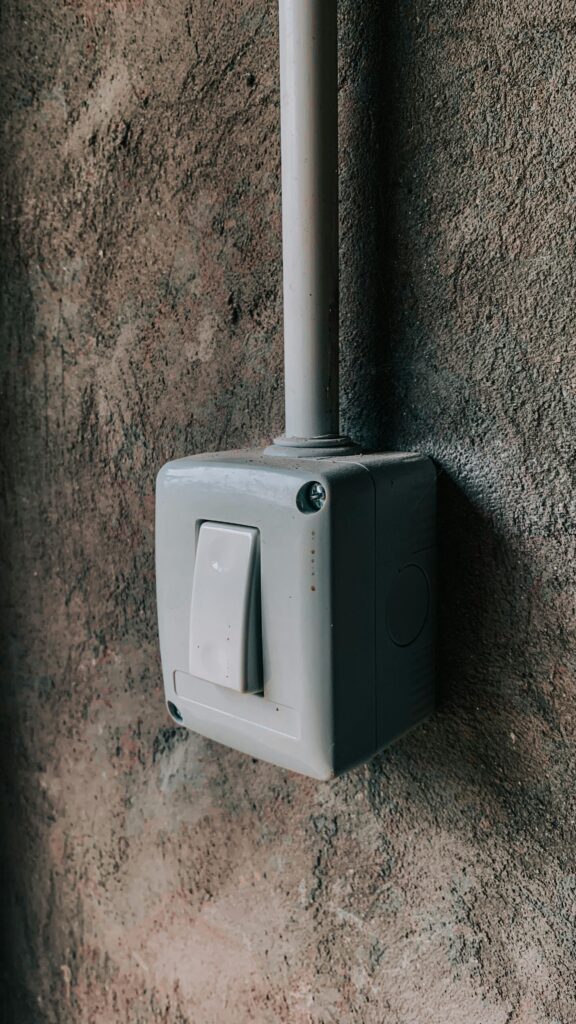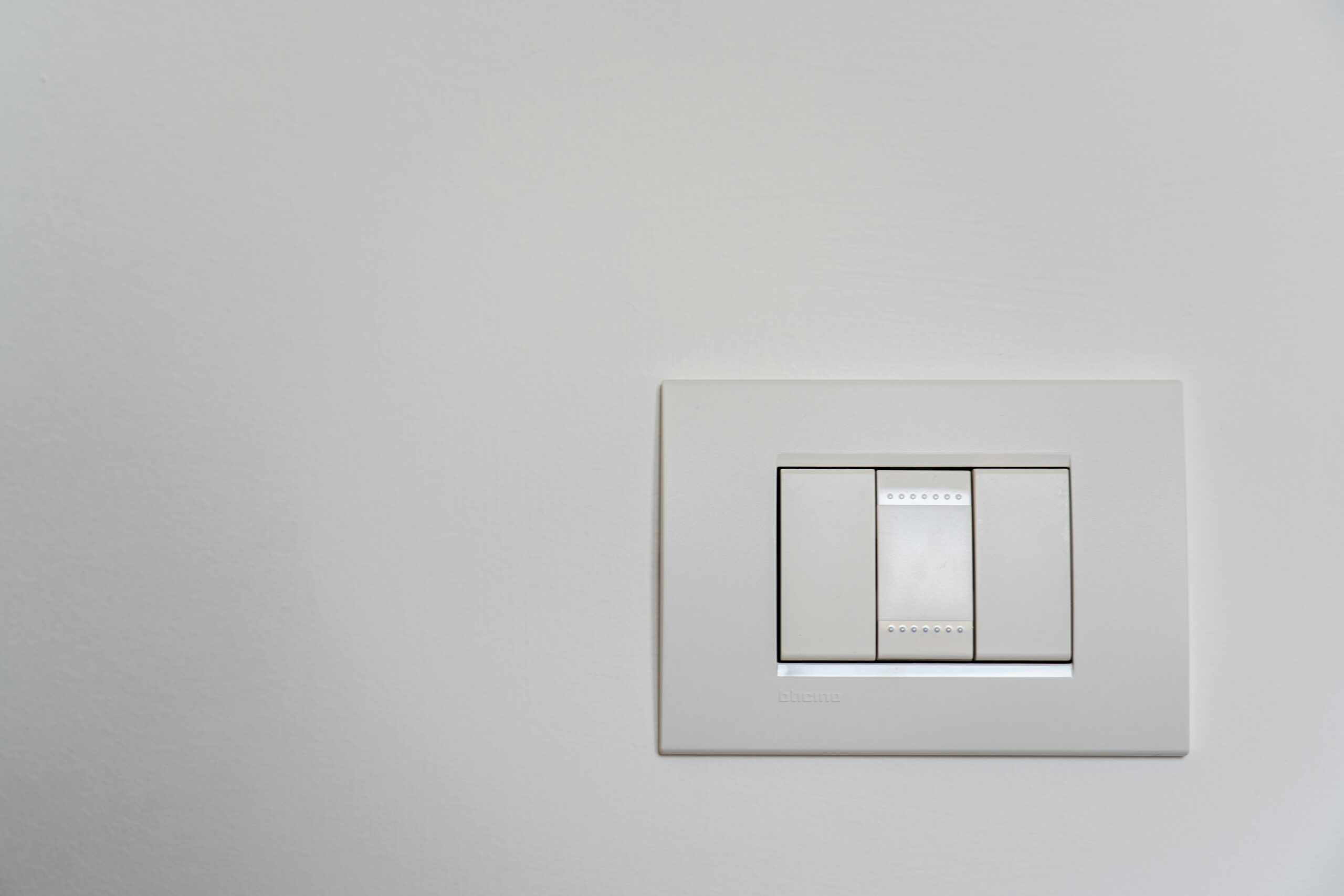Table of Contents
Complete Guide to 2-Way Light Switch Wiring: Step-by-Step Instructions for USA Homes
If you’re renovating your home, working on electrical installations, or simply curious about how light switches work, understanding 2-way light switch wiring is essential. Two-way switches are commonly used to control a single light source from two different locations—perfect for hallways, staircases, or large rooms.
In this comprehensive guide, we’ll cover everything you need to know about 2-way light switch wiring, focusing on the standards and guidelines for USA-based homes. Whether you’re a DIY enthusiast or a professional electrician, you’ll find valuable insights here.
What Is a 2-Way Light Switch?
A 2-way light switch allows you to control a light from two different locations. This differs from a single-pole switch, which can only control a light from one location. For example, with a 2-way switch, you can turn the light on at the bottom of the stairs and off at the top.
Common Applications of 2-Way Light Switches
Hallways: Allows you to control lights at both ends.
Staircases: One switch at the bottom and one at the top.
Large Rooms: Control lights from opposite ends of the room.
Garages or Outdoor Lighting: Especially useful for controlling lights from inside the home or from an external location.
Tools and Materials Required
Before starting, you’ll need some tools and materials. Here’s a list to help you prepare:
| Tools | Materials
| Screwdriver (Flat/Phillips) | 2-Way light switches (2 units)
| Wire stripper | Electrical wires (14/2 or 12/2 based on your circuit) |
| Voltage tester | Wire nuts or connectors
| Electrical tape | Electrical outlet box
| Needle-nose pliers | Ground wire (if not pre-installed)

Wiring a 2-Way Light Switch: Step-by-Step Instructions
Important:Always turn off the power at the circuit breaker before beginning any electrical work.
Step 1: Understand the Wiring Terminology
Common Terminal (COM): This is the point where the power source is connected.
Traveler Terminals (T1 and T2): These terminals are used to route power between the two switches.
Ground Wire: The bare or green wire that grounds the system for safety.
Step 2: Turn Off the Power
Switch off the circuit breaker controlling the switch you are working on. Double-check using a voltage tester to ensure that no power is flowing to the circuit.
Step 3: Remove the Old Switch
If you’re replacing an old switch, unscrew the faceplate and remove the switch from the electrical box. Carefully disconnect the wires, noting which wire goes to which terminal.
Step 4: Wiring the First Switch
Connect the Common Terminal: Attach the live (hot) wire from the power source to the common terminal of the first switch.
Traveler Wires: Connect the two traveler wires to the traveler terminals. These wires will link the two switches.
Ground Wire: Attach the ground wire to the green grounding terminal.
Step 5: Wiring the Second Switch

At the second switch:
Connect the Traveler Wires: Attach the other ends of the traveler wires to the traveler terminals of the second switch.
Common Terminal: Connect the wire going to the light fixture to the common terminal of this switch.
Ground Wire: Attach the ground wire to the green terminal.
Step 6: Connect the Light Fixture
The light fixture should already be in place. Connect the neutral (white) wire from the light to the neutral wire in the electrical box. Then, connect the hot wire from the fixture to the common terminal of the second switch.
Step 7: Test the Installation
Turn the power back on and test both switches. They should now work to control the light from both locations.
Wiring Diagram for 2-Way Light Switch
To help you visualize the process, here’s a basic wiring diagram:
| Position | Wire Connections | Description |
| Switch 1 | Common to power source, travelers to Switch 2 | Controls light at location 1 |
| Switch 2 | Common to light fixture, travelers to Switch 1 | Controls light at location 2 |
Safety Tips for Electrical Work
When working with electrical wiring, always prioritize safety:
1.Turn off the power: Before starting, make sure to switch off the breaker.
2.Use a voltage tester: Ensure the wires you’re working on are de-energized.
3.Check local codes: Electrical standards can vary. Always follow your local building codes.
4.Call a professional: If you’re unsure, consult a licensed electrician.
Advantages of Using a 2-Way Light Switch
Convenience: Control lights from multiple locations.
Energy Efficiency: Avoid leaving lights on unnecessarily by turning them off at different points.
Increased safety: Particularly useful in staircases and hallways to prevent trips or falls in the dark.
Common Mistakes in 2-Way Switch Wiring
Incorrect wire placement: Mixing up the traveler and common wires can cause the system not to work properly.
Loose connections: If wires aren’t securely connected, it could lead to malfunction or electrical hazards.
Not grounding properly: Ensure the ground wire is connected, as this is crucial for safety.
Frequently Asked Questions (FAQs)
Q1: Can I install a 2-way light switch on my own?
A: Yes, if you have basic knowledge of electrical work and follow safety guidelines. However, if you’re unfamiliar with wiring, it’s best to consult an electrician.
Q2: Do I need special switches for 2-way wiring?
A: Yes, you’ll need two special 2-way switches that are different from single-pole switches.
Q3: Can a 2-way switch work for multiple lights?
A: Yes, you can wire multiple lights to a 2-way switch system, but the wiring process will be more complex.
Q4: Is a 2-way switch the same as a 3-way switch?
A: No, a 3-way switch allows control from three or more locations, while a 2-way switch controls a light from two locations.

Q5: What wire gauge should I use for 2-way switch wiring?
A: Typically, 14-gauge wire is used for 15-amp circuits, while 12-gauge wire is used for 20-amp circuits. Always check the circuit breaker and code requirements in your area.
Read More in Wikipedia
Visit Home Page
Conclusion
A 2-way light switch wiring system is an efficient way to control a light fixture from two separate locations, offering convenience, energy savings, and added safety. By following the step-by-step instructions outlined in this guide, you can successfully wire a 2-way switch in your home. Always follow safety procedures and consult a professional if you have any doubts.
With this knowledge, you’re now well-equipped to tackle your 2-way light switch wiring project. Happy wiring!
